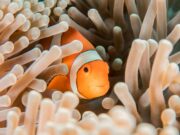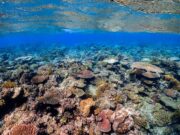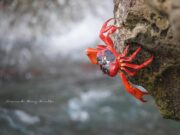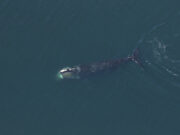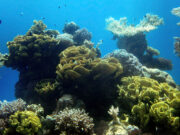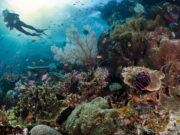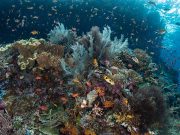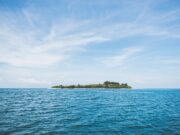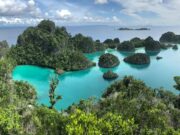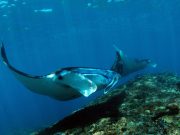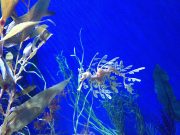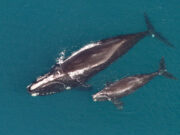Jill Studholme
New danger for sea fans in warming seas: Metal pollution
Metals like copper from agricultural runoff and marine paint leaching from boat hulls poses a threat to soft coral sea fans, especially in warming...
Right whale mothers ‘whisper’ to their calves to avoid attracting predators
Instead of "whooping" they make very quiet, short, grunt-like sounds that can't be heard more than a short distance away.
New Nudibranch species discovered in Europe
Even though European nudibranchs are some of the best studied in the world, scientists have now identified three new species. Divers searched around Europe for Trinchesia sea slugs – in the UK, Ireland, Norway, Sweden, Spain, Italy, France, Croatia and Russia.
Equatorial coral reefs less affected by global warming
Ocean warming is threatening coral reefs globally. Whenever sea temperatures rise in an area, coral reefs degrade. However, a new study has found that...
Palau bans harmful sunscreens
Diving hotspot Palau is the world's first country to ban sunscreen lotion containing environmentally harmful ingredients.
Cheap is good for sustainable fish fingers
Saver brands of fish fingers are surprisingly sustainable. They contain just four different species - Atlantic cod, Pacific cod, Alaska pollock and haddock
Ocean Art Underwater Photo Competition 2018 is now Open!
One of the most prestigious underwater photo competitions in the world, Ocean Art offers over...
Attack of the Clones: Plumose anemone is creature of the month
As Plumose anemones can clone themselves, forests of them appear together. They comprise a tall, smooth column topped with a crown of feathery tentacles. Individuals are usually white or orange. They like areas with currents so tend to live on prominent pieces of wrecks or on rocky pinnacles - good diving areas.
Venomous sea creatures change their venom recipe often
Venomous sea creatures often change their venom recipe, adapting the potency and recipe of their venom to suit changing predators and aquatic environments.
Scientists track sharks by sampling seawater
A simple bottle of seawater shows the identifiable tracks of numerous species of shark - no need for baiting, hooking, filming or tagging.

